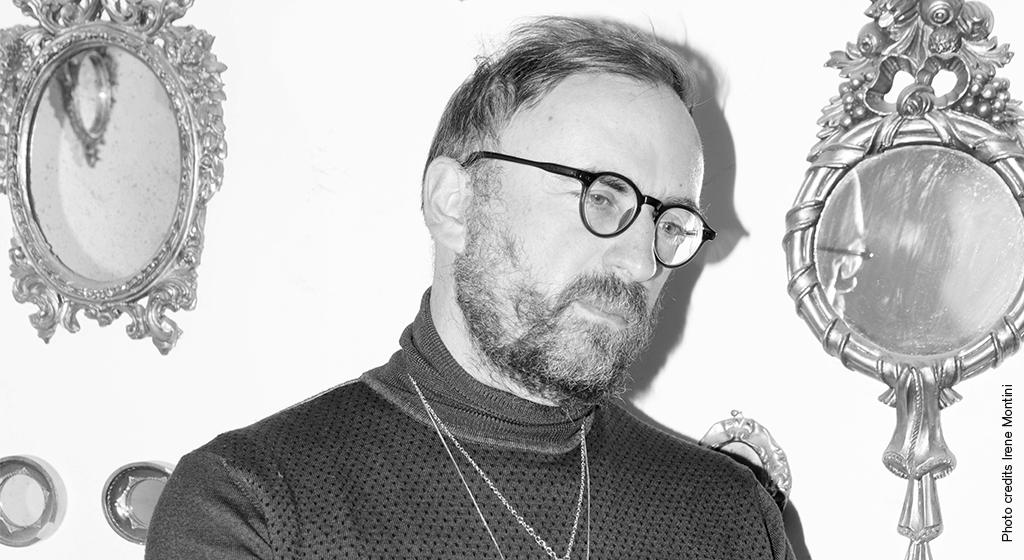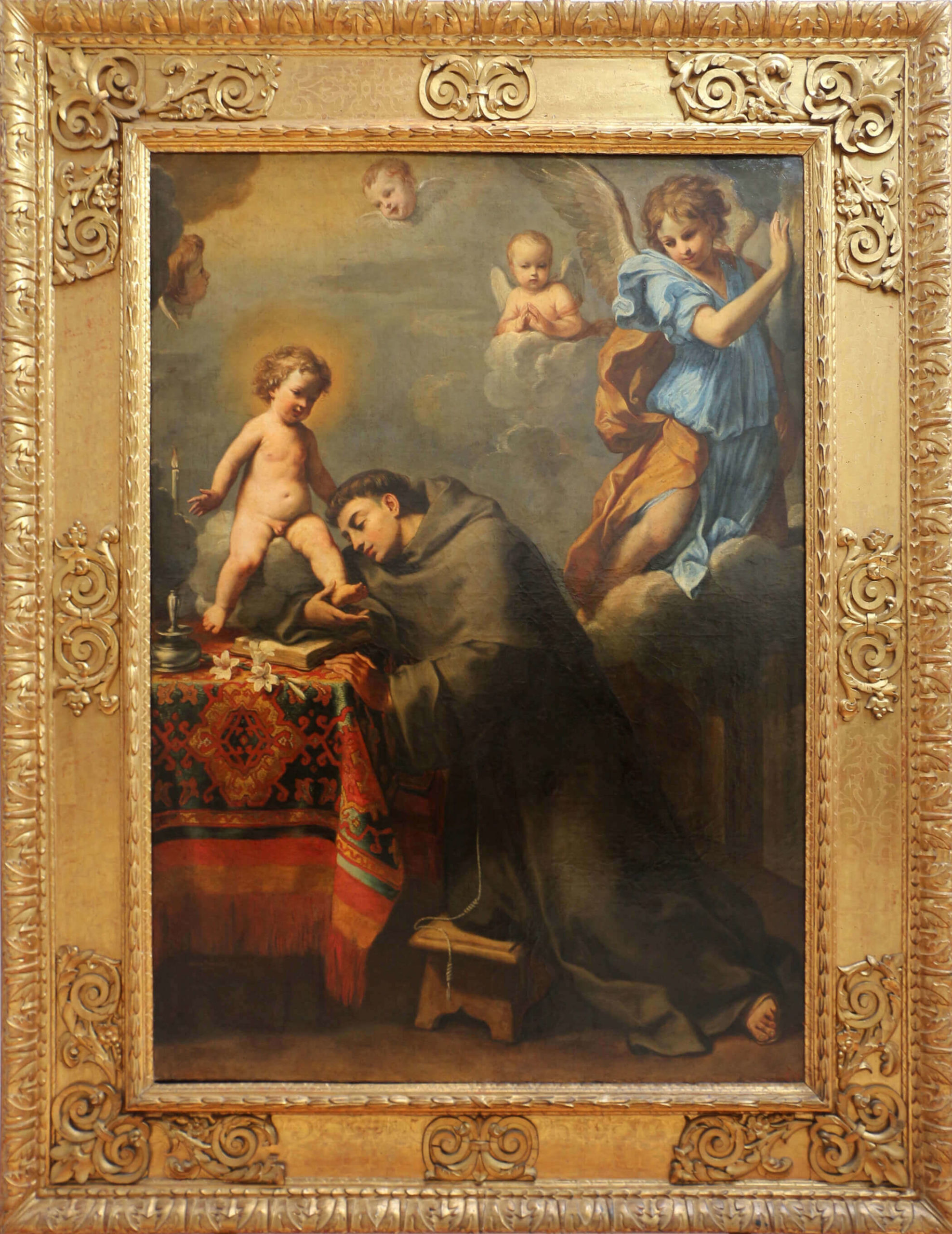Luca Scarlini

Luca Scarlini, writer, playwright for theatre and music, narrator, performance artist. Teaches narration techniques at the Holden School in Turin and has worked with numerous Italian and European theatrical institutions, including the National Theatre in London, the Lod company in Ghent, the Festival Opera XXI in Anversa, La Batie and the amstramgram theatre in Geneva. He writes for music and for dance: from 2004 to 2008 he was the artistic consultant of the MilanOltre festival at the Teatro dell’Elfo in Milan; in 2006 he was the artistic director of TTV in Bologna; in 2005 he coordinated the activities of the Capitale Mondiale del Libro at Atrium in Turin. He has performed countless times as a storyteller, either alone or with musicians, dancers and actors in theatres, museums, and historical sites, and working with personalities and groups such as Martin Bauer, Monica Benvenuti, Sylvano Bussotti, Nora Chipaumire, Luisa Cortesi, Massimiliano Damerini, Francesca Della Monica, Francesco Dillon, Ane Lan, NicoNote, Pierluigi Piran, Elisabetta Pozzi, Francesca Tirale, Emanuele Torquati, Luca Veggetti, Francesca Benetti, Riccardo Favero, Alessandro Commellato, Ensemble Cremona Antiqua, Ensemble Vox Latina, and festivals in Italy (participating in Festivaletteratura, Mantua for many years). He conducts the Museo Nazionale programme on Radio Tre and has curated exhibits on relations among art, music, theatre and fashion. His recent books include Lustrini per il regno dei cieli (Bollati Boringhieri), Sacre sfilate (Guanda), dedicated to fashion at the Vatican, Un paese in ginocchio (Guanda), La sindrome di Michael Jackson (Bompiani), Andy Warhol superstar (Johan and Levi), Siviero contro Hitler (Skira), Memorie di un'opera d'arte (Skira), Ziggy Stardust. La vera natura dei sogni (Add), Bianco tenebra. Serpotta di notte e di giorno (Sellerio), Teatri d’amore (Nottetempo), L’ultima regina di Firenze (Bompiani), Le vacanze dell’arte (Pacini), L’uccello del paradiso (Fandango), and Rinascimento Babilonia (Marsilio). He has curated exhibits for the Ferragamo Museum in Florence (with which he collaborates), with the MAN Museum, for which he created Il regno segreto on relations between Piedmont and Sardinia, and will soon present an exhibit on Vittorio Accornero and Edina Altara. His work has always dealt with themes related to desire, in all of its forms and manifestations.
Luva Scarlini was a protagonist of IN LIBRERIA, the PLAYLIST section of Arte Fiera.
Photo by Irene Montini
Gender has always been an ambiguous and elusive historical topic: the mythological icon of the persevering and wily Penelope has often symbolised female artists. Germaine Greer’s 1979 book “The Obstacle Race” (in Italian, La tela di Penelope) attempted to give an overall view of female painters, but in general repeated previously-known material.
Bologna had a wealth of female artists in the Renaissance and Baroque periods, the first outstanding example being Properzia de Rossi: the Medieval Civic Museum displays one of her wonderful peach pit sculptures and the Basilica of San Petronio houses her vivid marble relief entitled Joseph and Potiphar’s Wife, which according to the vulgate (starting with Vasari, in whose Lives of the Most Eminent Painters, Sculptors, Architects she is the only female artist) represents a personal experience of erotic rage and unrequited love.
This fiery portrait is counterbalanced by a pious soul: Caterina Vigri (canonized in 1712 as Saint Catherine of Bologna), a fine miniaturist. She has been studied especially by Vera Fortunati, who discusses nuns as artists in her book Vita artistica nel monastero femminile (2002), and who, with Claudio Leonardi, presents Vigri’s illustrated breviary in their book Pregare con le immagini.
Lavinia Fontana, trained by her artist father Prospero, was a prolific mother (she gave birth to eleven children) and an equally productive Mannerist painter, creating resplendent female images such as the alluring nude Minerva Dressing in the Galleria Borghese collection. Her works, located in Bologna and in the provinces, offer examples of the various stages of her work. In 1613, in the throes of a mystical crisis, she and her husband retired to a monastery. She died in Rome in 1614.
The fascinating but tragic life of Elisabetta Sirani (1638-1665) was celebrated in 2004 by a large retrospective in Bologna with the melodramatic title Painter Heroine, curated by Jadranka Bertini and Vera Fortunati, and in 2018 by a beautiful show at the Uffizi in Florence in memory of the Italian professional footballer Davide Astori. Sirani was a slave to her father and was never permitted to leave Bologna. A child prodigy, she was forced to produce an enormous number of sacred scenes and portraits, helping her father Giovanni Andrea Sirani, who had studied with Guido Reni - but was a much less talented artist than she (just look at her Sant’Antonio in Padova in adorazione davanti al Bambin Gesù at Bologna’s National Art Gallery). She died mysteriously in 1665, perhaps due to severe stress and exhaustion. The beauty had become a genius, and her parents – absolutely refusing to do any soul searching – accused her servant Lucia Tolomelli, who was accused, convicted, and held up to public scorn as a poisoner out of envy. This extraordinary event has inspired many writers, including Valeria Moretti in Il pennello lacrimato (from the feminist viewpoint), and Davide Rondoni and Beatrice Buscaroli Fabbri in Il veleno, l’arte.
Now, more than 70 years after Anna Banti’s marvellous and prophetic Artemisia (1947), it is time to gather the profiles of all these female artists outside the realm of specialist studies, so that we may better understand a clear but unappreciated tradition that goes beyond the Baroque and forms part of Bologna’s history. We need to understand not only the blossoming of female artists in places of lively commerce (such as the Cremona of the great Sofonisba Anguissola), but also figures such as Giovanni Andrea Sirani, both artist and merchant, his daughter’s promoter and seller of studies by the divine Guido Reni.

Elisabetta Sirani, Sant’Antonio in Padova in adorazione davanti al Bambin Gesù , 1662, oil on canvas, cm. 209x147
At Pinacoteca Nazionale Bologna. Courtesy: Diocese of Bologna